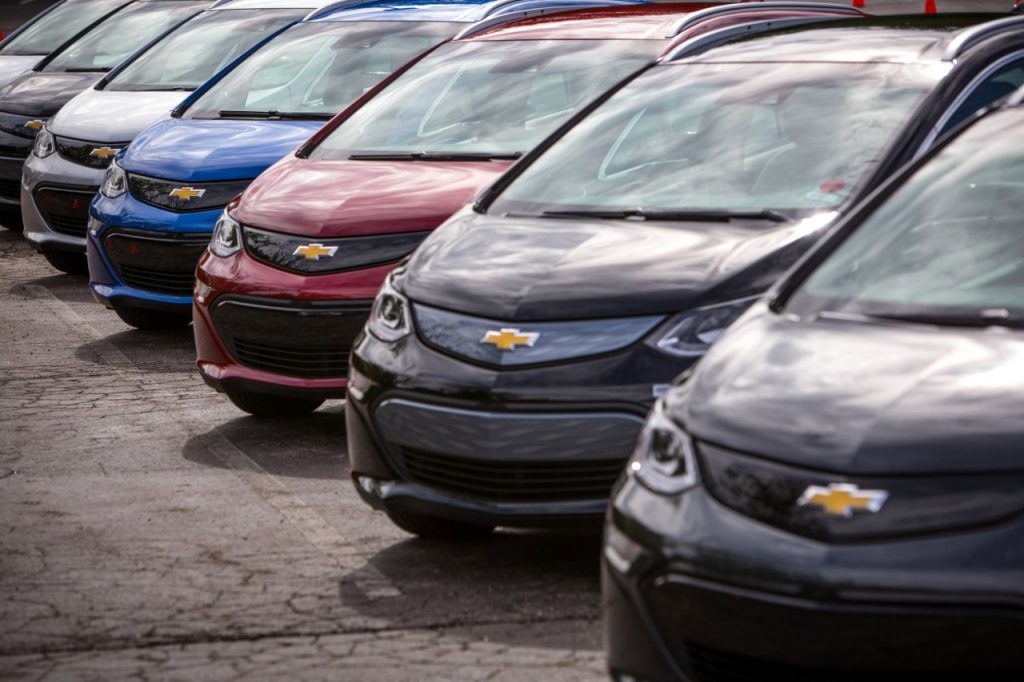For the last 100 years, the automotive industry has advanced in a fairly linear fashion. Each decade consumers saw incremental changes in speed, size, and safety. However, the last 15 years have seen cars that are connected, autonomous, shared, and electric. These recent trends represent a turning point for an industry that is being forced to recognize the quickly changing habits of its consumers as well as the increasingly strict safety and fuel efficiency regulations.
In order to adapt, the automotive industry is learning to make cars differently. Underpinning all of these advancements is a need for stronger, lighter, and more durable materials.
Below we take a closer look at three trends that are fundamentally changing the way consumers think about cars, and what the car industry is doing to stay ahead.
Shared Mobility
Companies like Uber and Lyft have left an indelible mark on the way people use cars. While it used to be understood that a vehicle was one’s personal property and space, those ideas are changing. Over the last five years, car sharing services have seen 30 percent annual growth, and McKinsey predicts that one out of 10 cars will be a shared vehicle by 2030.
With this much sharing, vehicles will need to be replaced more frequently as they will be used more often and experience more everyday wear and tear. As consumers move away from owning one car and begin to use services that offer on-demand vehicles for specific uses, the materials used to make these cars need to improve.
Recently, many steelmakers have been working toward advanced high-strength steel (AHSS) solutions. AHSS steel solutions are also more durable than conventional steels, making them ideal for new cars that are going to be on the road with more frequency. This advancement is necessary as consumers begin to change their driving behaviors while maintaining high standards for safety and quality in the cars they use.
Self-Driving Cars
Self driving cars are a fairly new idea, but in a short amount of time, they have consumed the imagination of the public and R&D labs around the world. Seemingly every company in the automotive industry is working on some form of a self-driving vehicle, and even those not in the industry are getting involved (see Google’s Waymo video below).
While autonomous cars are not yet market-ready, they will be soon. However, because it causes such a dramatic shift to the way people use cars, manufacturers will need to jump many hurdles before they are fully accepted by the public at large.
As with any new technology, access will be limited and expensive. In the beginning at least, it is unlikely that self-driving cars will be affordable enough for mass distribution. In addition, they must become more accessible for consumers. Most people have never seen, much less taken a ride in, a self-driving car. It is hard for people to imagine the experience, and even more difficult for them to place their trust in a piece of software located in a multi-ton vehicle. In order to ensure the trust of consumers, the auto industry must work to manufacture cars that are safer and more secure.
Advancements made in AHSS have allowed auto manufacturers to design cars with even stronger steel. Now, with auto steel being produced that goes beyond the 1,000 MPa range, consumers can feel more at ease with the software that enables them to get the grocery store.
Electric Vehicles
Electric cars represent the forefront of the trend toward more fuel-efficient cars. Hybrid cars that use a combination of a gasoline powered engine and a rechargeable battery captured the attention of the industry after Toyota successfully launched its Prius in 1997. As car makers race to produce an electric vehicle that is viable for mass production, seemingly every major player is working toward a true electric car solution with zero emissions.

The Chevrolet Bolt EV offers a range of 200+ miles, a key milestone for consumers. (Photo by Jeffrey Sauger for Chevrolet)
Having relied on gas powered engines for over 100 years, the change to battery powered cars is changing the fundamental nature of how a car is made. Consumers have proven unwilling to change their driving habits and expectations, so manufacturers have struggled to build electric cars that can match the performance of their gas-powered cousins.
Advancements in lightweighting are required for electric cars as they will not be equipped with gas-powered engines. Also, improvements in battery technology are also needed so that EVs can increase their driving range and allow consumers to drive distances similar to what they can today.
Innovations in steel technology have given car manufacturers ideal options for lightweighting as new advanced high-strength steels (AHSS) offer lightweight, strong automotive steel. Compared to other alternatives, these new ultra high strength steels are also more eco-friendly to produce. Advancements in lithium extraction technology have also made the process faster and more environment-friendly.
The automotive industry is going through a renaissance. New expectations from consumers coupled with stricter regulations are forcing quick changes to an industry that has moved at its own pace for 100 years. As car manufacturers work to build cars that are safer, more durable, and much lighter, POSCO’s innovations in steel technology provide material solutions that are stronger, lighter, and more durable. Together with POSCO’s work in lithium extraction technology, they have also created more eco-friendly ways to make the rechargeable batteries for electric cars.
This month, The Steel Wire will continue to look at how POSCO is driving the future of the automotive industry with its new advanced automotive steel solutions.

